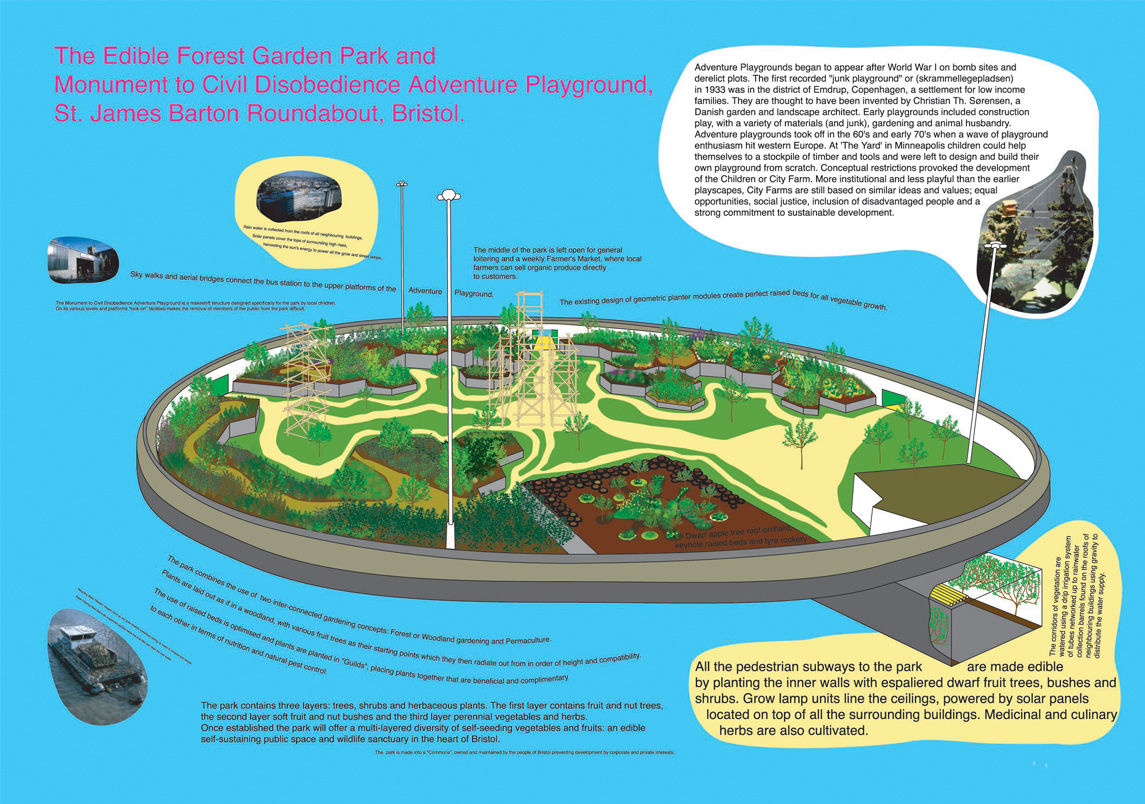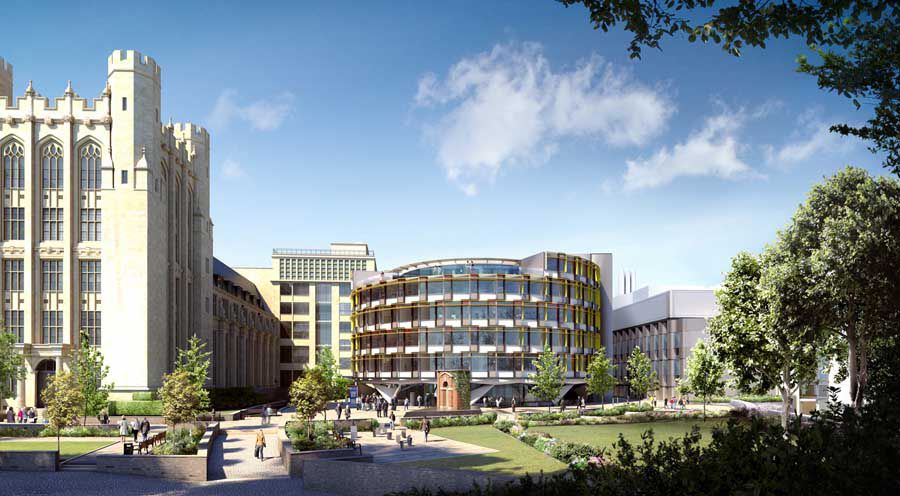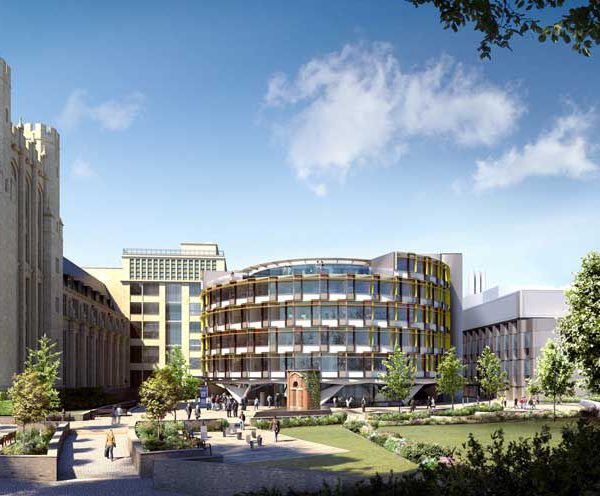
Synopsis
The development of The University of Bristol’s precinct in 2008 provided a timely opportunity to reconsider the role artists might have within the University and to envisage a programme of permanent and temporary commissioning. Situations produced a curatorial strategy for an ongoing public art programme, which recognised the specific nature of particular sites and situations through the phasing of the University’s precinct development.
The curatorial vision is underpinned by a commitment to best practice in public art commissioning: namely, to follow appropriate processes of procurement and delivery to meet a set of shared aims. What sets this strategy apart from a conventional commercial development or regeneration scheme, however, is the desire to shape the public art programme through direct engagement with the University’s work over the next 10 years and beyond.
Situations
Situations is an art commissioning and research programme which operates from a University base, but produces artworks, events and publications outside the academic context. The programme was initiated in October 2003 by Claire Doherty, who is Senior Research Fellow in Fine Art at the University of the West of England, Bristol. From the start, the programme’s guiding principles were to combine the ambition of a commissioning agency model with the critical rigiour of an academic research centre. We believe that artists have the capacity to bring something we might never have imagined to a particular place and we are committed to realising those dreams. Curating is far more than project management to us. It is a creative, critical and often passionate undertaking where we seek to understand the best possible means through which to support an artist to make an outstanding work of art in response to a specific situation.


